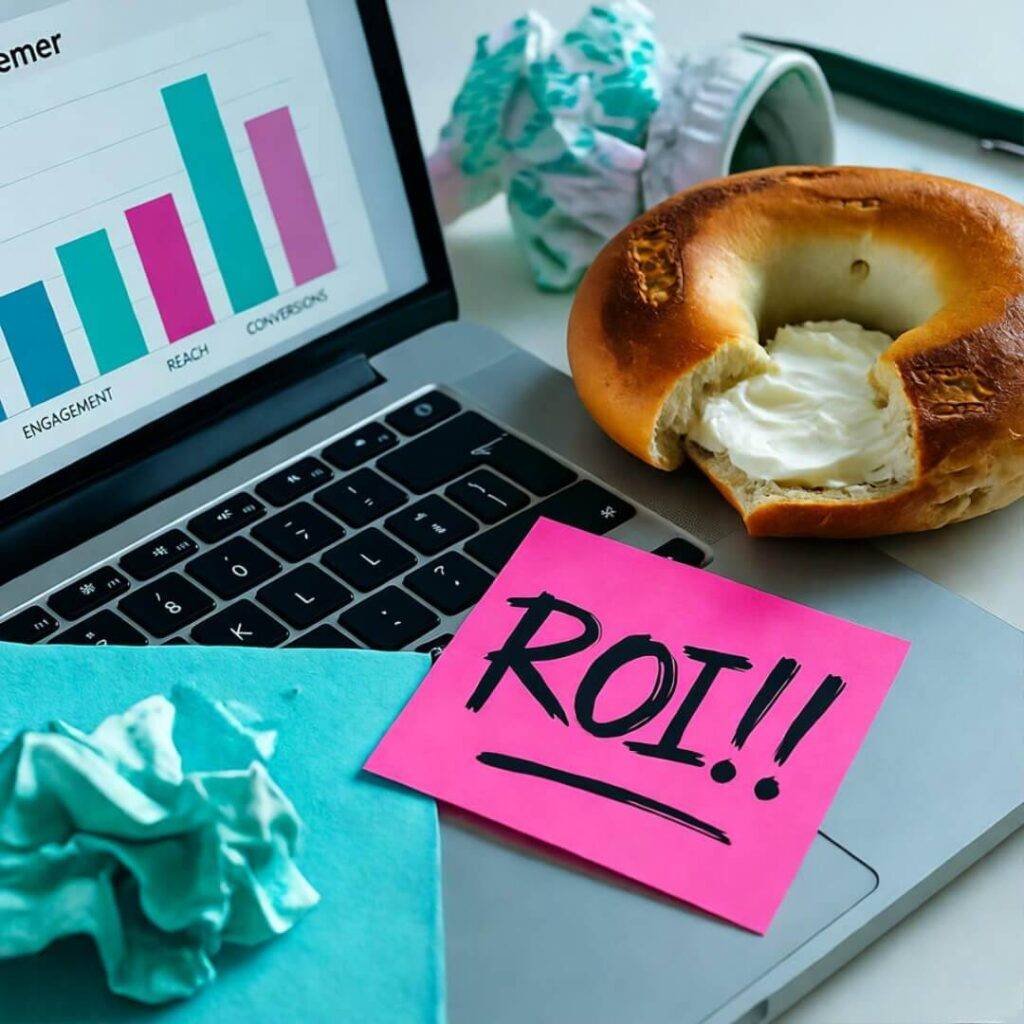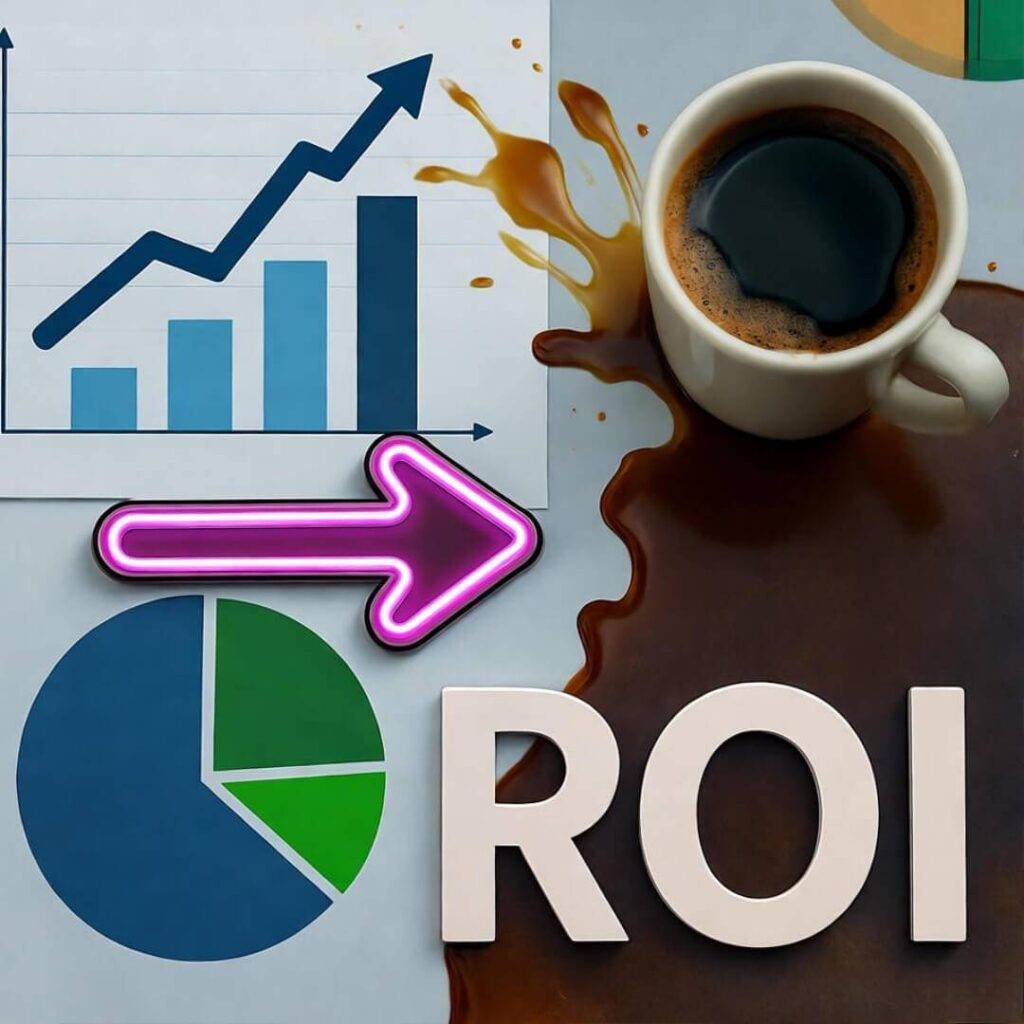
How to Track Influencer Analytics, totally my vibe these days. I’m plopped on my sagging couch in this tiny Brooklyn pad, empty seltzer cans everywhere and my cat Muffin giving me that side-eye like I forgot to feed her again. Laptop’s open, and I’m scratching my head over why my last influencer campaign bombed worse than my try at “going vegan” last month. I used to figure influencers with a bajillion followers were the ticket. Huge mistake. It’s the data man—the raw numbers that show if your money’s doing squat or just floating away.
Last July, I dumped my whole marketing budget on this influencer with 250K followers. Her feed? Chef’s kiss—pastel sunsets, fancy lattes, all that jazz. I was hooked. But campaign over? Nothing. Zero sales. I was sulking in this dingy coffee joint on Flatbush, burnt espresso smell making me gag, feeling like a complete fool. That moment, it clicked: I gotta track influencer analytics like my bills depend on it. And honestly, they do.
What the Heck Are Influencer Analytics Anyway?
Let’s break it down real quick, cuz I didn’t get it at first either. Influencer analytics are those stats that tell you if your campaign’s working—engagement rates, clicks, conversions, and yeah, that ROI thing. I was too busy ogling that latte chick’s aesthetic to check if her posts were landing. Now I’m deep in the numbers. Stuff I look at:
- Engagement Rate: People liking, commenting, sharing? Or total silence?
- Click-Through Rate (CTR): Folks clicking links or just ghosting?
- Conversions: Clicks turning into sales or sign-ups?
- Audience Vibes: Is their crowd even my peeps?
I swear by tools like Hootsuite and Sprout Social for this. They’re lifesavers, even when the dashboards make my brain hurt like solving puzzles hungover.

My Most Cringey Fails Tracking Influencer Analytics
Man, I’ve messed up bad. Like, red-face embarrassing bad. Once, I fell for an influencer’s massive followers and skipped checking engagement rate. It was 0.3%—dead zone. Sent free stuff, paid big bucks, got zip. Was at this diner on Atlantic, poking at cold fries, scrolling her dead posts, feeling like trash.
Another flop: Didn’t check audience dems. Partnered with outdoors guy for eco brand—hiking shots, reusable bottles, seemed spot on. Nah. Followers mostly teens with no cash. Out $1,000, ate noodles all week. Takeaway? Dive into analytics before anything. Places like Influencer Marketing Hub got tools to dodge these disasters.
How I Track Influencer Analytics Without Going Crazy
Here’s my messy method for tracking influencer analytics to maximize ROI, pieced from late nights and Muffin staring me down from the window. Ain’t perfect, but works:
- Know Your Goals: Before DMing influencers, decide what you want—sales, hype, clicks. Stops clout-chasing.
- UTM Codes Rule: Stick unique UTMs on links. Like GPS for your dog—tracks everything. Use Google’s Campaign URL Builder—free, no tears.
- Live Checks: Google Analytics for real-time watching. Check daily, munching cereal from box like a slob.
- Compare Crew: Pit influencers head-to-head, see who wins. Reality TV for data geeks.

Weird Things I Learned About Maximizing ROI
Real talk: Tracking influencer analytics ain’t just numbers—it’s picking right influencers. Thought big was best, but micro ones (10K-50K) kill it. Loyal fans engage hard. Last month, micro-influencer with 15K, 7% engagement—ROI went nuts. Made 5x back. Splurged on $7 oat latte at Bedford spot, felt like boss.
Timing matters too. Campaigns pop when tracking peak hours (7-10pm). Learned after 4am launch from stress-pretzels, no sleep. No clicks. Instagram Stories? Clutch. Track swipe-ups, gold.
My Fave Tools for Tracking Influencer Analytics
Not a tech whiz, but these are my jams:
- Google Analytics: Tracks traffic, conversions. Free, but like learning alien lang sometimes.
- Hootsuite Insights: Social stats beast. Reports fire, nap after tho.
- Bitly: Link shortening, tracking. Easy peasy, can’t botch it.
Newbie? Grab one, go. Saved me tons.
Wrapping My Chaotic Ride to Maximize ROI
Yeah, tracking influencer analytics to maximize ROI’s my jam now, but got here thru epic fails. Burned money, cried flops, learned numbers don’t lie—gut does sometimes. In messy apartment, last night’s pizza smell hanging, stoked to share. Chaotic, real, you can too.












































